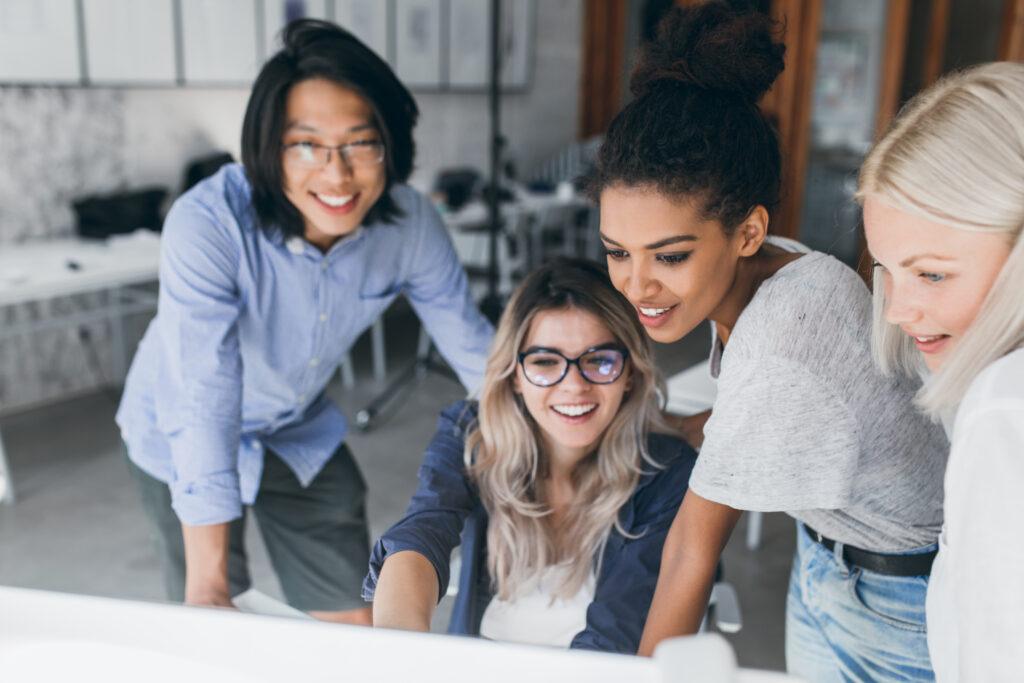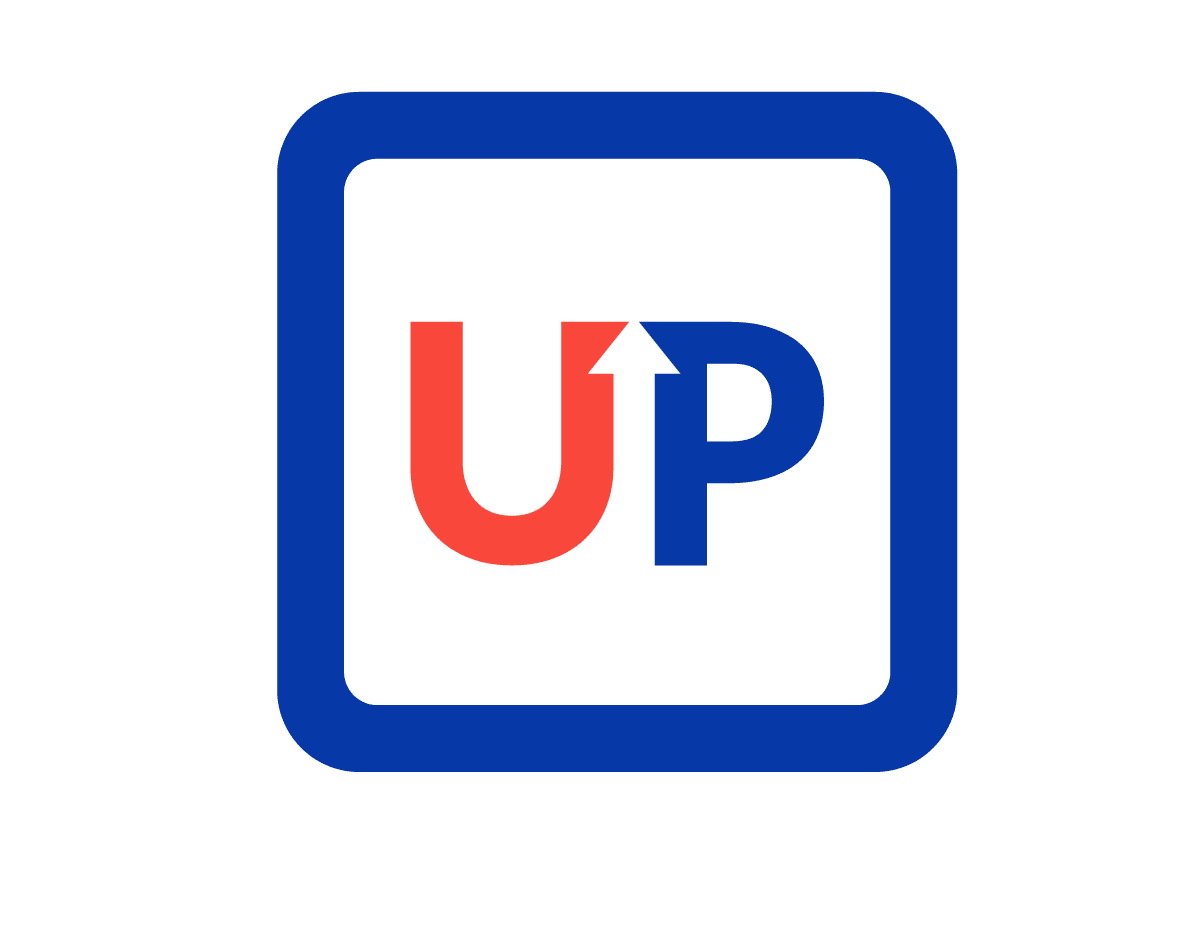
Brave your bias
We might know that the reason we can’t stand the combination of chicken and sweetcorn is because it made us sick once, or that the reason we always pick up the honey with the blue label is because it’s the one our grandmother used to buy. But with all the thousands of decisions we make each day – 35,000 in fact – it would be impossible for us to understand the reasoning behind every choice we make, and the origin of every opinion we hold. Most of these thoughts are imperceptible to us. And that is what unconscious bias is.
Every experience we have from cradle to grave makes up the rich tapestry of who we become. As creatures go, we are complex. So in a world striving to do better when it comes to the inclusion of marginalised groups, is it brave to declare your woke perfection to the world on social media? Or is it braver to look at yourself as you are – with all your faults, foibles, fears and innate biases – and strive to be better?
We think the latter. We think that braving your bias is where real change can begin.
It’s hard. We all like to think of ourselves as ‘good’ people. And quite honestly, that’s the first misconception to squash. Being biassed doesn’t make us ‘bad’ – it makes us human. We are all biassed, in a multitude of ways. By examining ourselves, we can start to mitigate the effects of our own personal bias on the world around us.
One of the key areas in which bias can manifest is the workplace. Whilst the landscape is shifting, bias is both systemic and intergenerational. In other words, it runs deep – and 39% are still regularly affected by bias at work. As companies strive to tick diversity boxes, it’s all too easy to forget that reaping the rewards of a diverse workforce comes down to inclusion, and the attitudes and behaviour of individuals in the workplace. That’s why the conversation around facing our bias needs to happen across organisations – from leadership to internship – and crucially, in recruitment.
A candidate can be the subject of name bias before they even get through the door. Perhaps an unfamiliar name ignites an innate bias based in fear of the unknown, or a form of racism they would consciously reject. It could be attribution bias that creeps in, causing an interviewer to dismiss a candidate’s potential because they have a different way of physically relating to others, based in a culture they don’t understand. Or perhaps a candidate that has similar interests to the person hiring gets the upper hand due to affinity bias. These are just a few examples, but greater awareness can have a real impact on how we perceive our preferences and make decisions. There are also tools recruiters can use to mitigate bias from attraction through to onboarding.
The impact that bias can have on the recruitment process is keenly felt by individuals from marginalised groups. Addressing bias in recruitment is very often the most important step an organisation can take toward improving Diversity and Inclusion in the workplace. And if you’d like to read more about the importance of onboarding and the impact the first touches with a new company can have on a person’s sense of belonging, check out our blog Why We’re All About DEIB.
Once we get into the workplace itself, Deloitte’s 2019 State of Inclusion survey found that allyship can play a pivotal role in minimising the instances and impacts of bias on marginalised groups, which is something we’ll look more closely at in our Align with Allyship blog. Like we said, it’s the attitudes and behaviours of individuals that truly have the potential to change the culture, and if your message and vision for inclusion is clear, you can take steps to bring everyone with you.
Psychology Professor Patricia G. Devine argues that the motivation to break a habit of prejudice stems from two sources: awareness and concern. This means that individuals are aware of their biases, and also concerned about the consequences of them. Professor Devine also led a study on an intervention technique to break the ‘habit of prejudice’ through a habit-breaking framework that used strategies including stereotype replacement, counter-stereotype imaging, perspective taking and contact. Unsurprisingly, these humanistic measures were found to have a significant impact.
A huge part of meaningful DEIB training is to increase buy-in to the cause amongst employees. So, make it a no-brainer. Offer training that demonstrates the why with the what and the how; support them to face themselves with courage and candour; expose them to the lived experiences of others, and get them comfortable talking about bias. That’s how we can start to make a real difference.









